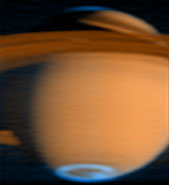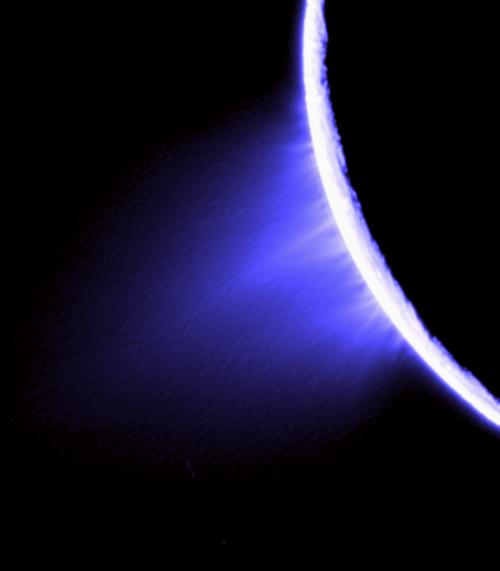Exactly today, four years ago, Cassini began orbiting Saturn, now that the time allocated to it in advance is over, it is starting another activity budgeted for two years. The spacecraft is in excellent condition and more discoveries await it

The beautiful rings of Saturn, geysers on Enceladus, methane lakes on Titan, these are just a few of the many images that we have received in the last four years on the Cassini mission. The spacecraft orbits Saturn and studies it and its moons. On June 30, the spacecraft will mark the end of its planned research period on the ringed planet and will now begin a two-year extension period in which researchers hope to study more closely the most interesting targets - Titan and Enceladus and the interaction between the icy moons of Saturn and the rings.
"We had a successful and eventful mission and scientific discoveries, and the technical aspect of the spacecraft's operation also pleasantly surprised us," said Bob Mitchell, Cassini program manager at JPL. "We are especially proud of completing all the tasks we planned to achieve at the time of launch. We answered old questions and raised some new questions, and so our journey continues." says Mitchell and adds that this is just the beginning and that many discoveries have been made to the spacecraft.
Cassini was launched on October 15, 1997, and it took seven years to travel 3.5 billion kilometers to reach Saturn. The spacecraft began orbiting Saturn on June 30, 2004, and began transmitting amazing scientific data about Saturn's rings that it crossed almost immediately at the beginning of the operation.
Mitchell says that the spacecraft made important discoveries about the dynamics of the rings and how the moon's gravity shapes the rings and causes the various gaps that appear in them. "The geysers on Enceladus rank high on the list of exciting discoveries we have made," he said. "Titan is different from what we expected it to be, it is very similar to Earth, only if we replace the water with methane, Titan will be very similar to Earth."

The extended mission will make it possible to monitor the seasonal effects on Titan and Saturn, to explore new places within Saturn's magnetosphere, and to observe the unique geometry of the rings on Saturn's equinox in August 2009 when sunlight will pass directly through the Malka plane and illuminate the rings.
In the next two years, Cassini will have 26 more encounters with Titan, seven close encounters with Enceladus and one encounter with the icy moons Dione, Rhea and Helen. The scientists expect more discoveries in Saturn itself. "There are a large number of surprises that still await us, as the seasons change, and we are eager to discover exciting things that we did not even think about." Mitchell said.

2 תגובות
Please add more information about the galaxies to the site and add its publication
The main mission is over, but the journey continues…